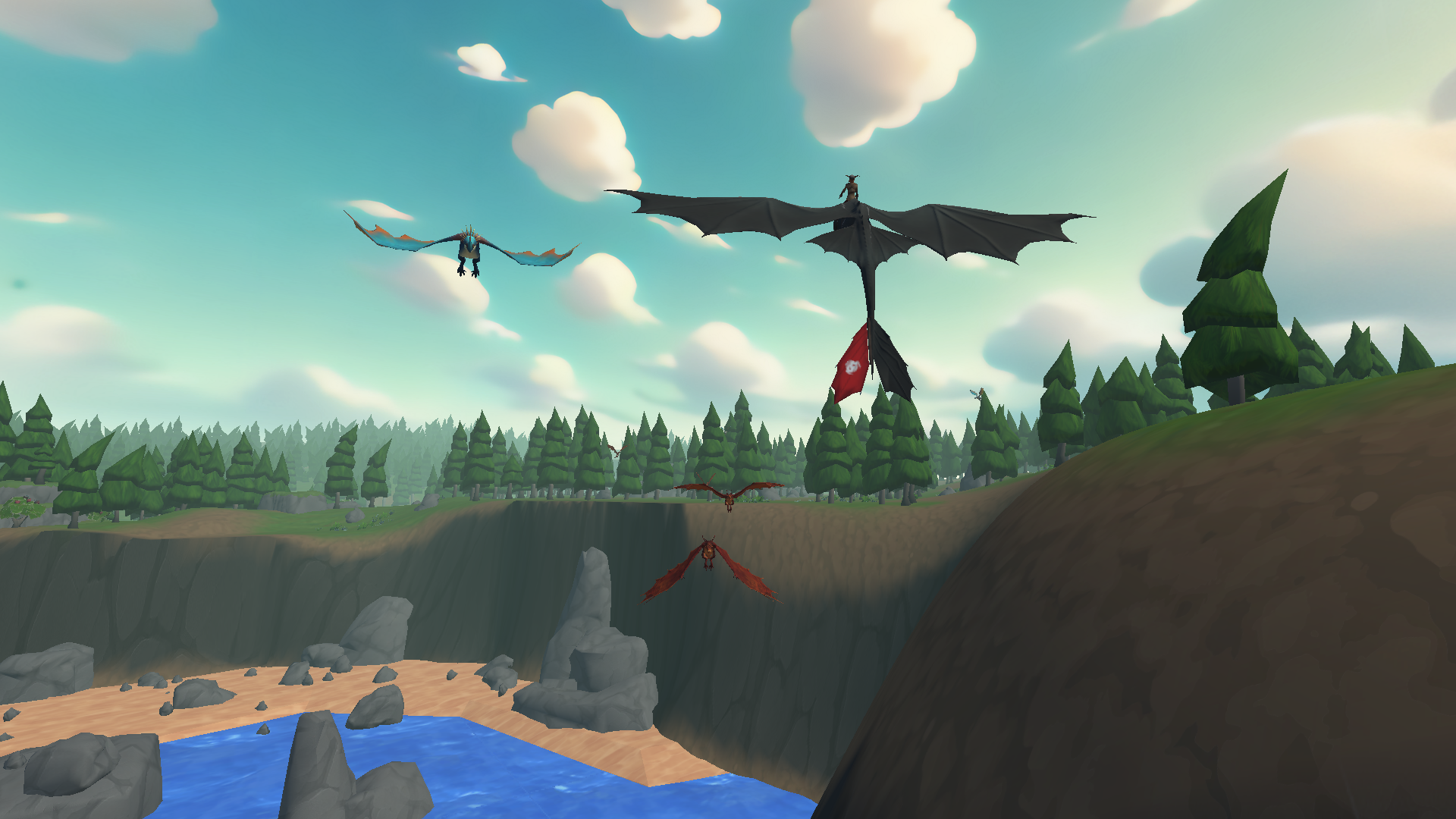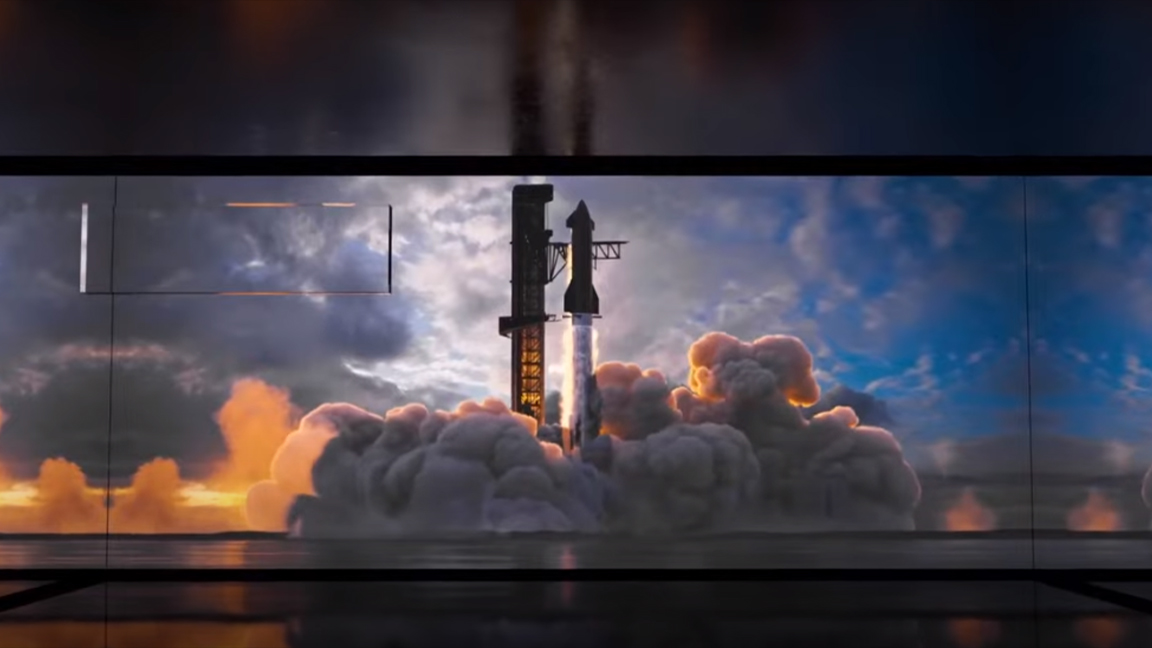
AI is here to stay and seeping into every aspect of digital art, CGI and VFX. Visualisation and rendering is no different, and leading software developer Chaos recently revealed its approach to AI and how it will be used in key apps such as V-Ray, Corona, Cylindo, asset library Chaos Cosmos and more.
Chaos has setup Chaos Next, an AI lab, to focus on how this new technology can be implemented. Chaos set out three principles to work within: 'accelerating creativity', tools should empower artists not replace them; 'fully interconnected solutions', working with AI should be seamless; and 'being available everywhere', AI workflows should be accessible across every platform a CG artists uses, from desktops and browsers to mobile devices and virtual reality.
To dig into Chaos' approach to AI, its plans for the core software every VFX artist and 3D creative uses, I spoke with Kam Star, chief product officer at Chaos, about its plans. You can read the interview below:
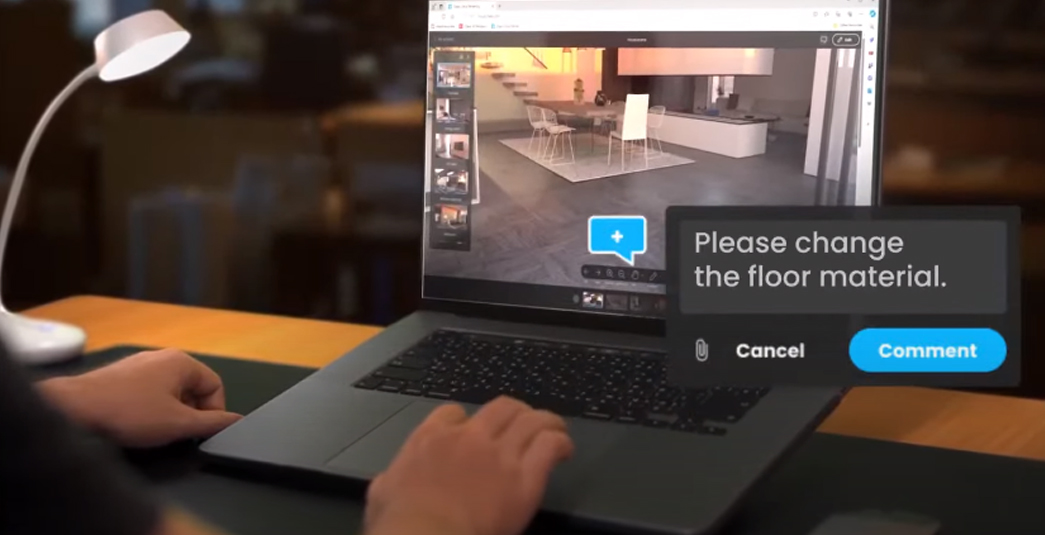
01. What's the aim of setting up the Chaos Next?
Kam Star: Our mission is to develop intelligent, intuitive tools, bringing the power of machine learning to artists in ways that make sense and are most valuable to them.
First and foremost, we want to develop AI that removes drudge work and allows artists to focus on creativity. This means giving customers tools they haven't seen before, as well as meaningful quality of life improvements in their day-to-day tasks.
There are numerous tools that we have in-flight, many on Chaos Next, that we're looking forward to showing. Another exciting function of the AI team is to explore the deeper questions that AI poses for our industry, such as how generative AI intersects with traditional rendering, and how to best empower artists on this AI journey.
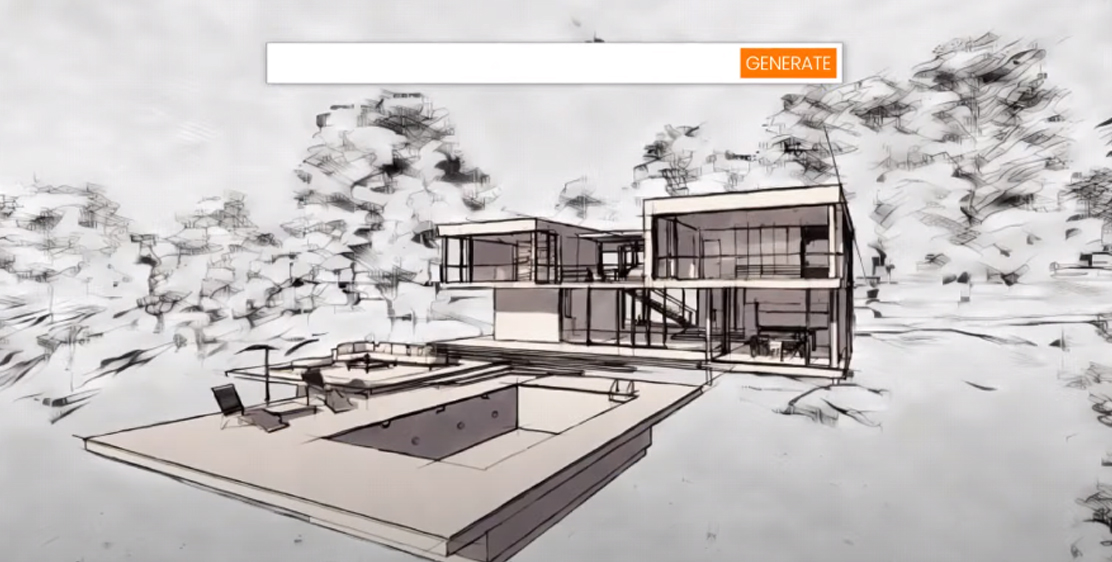
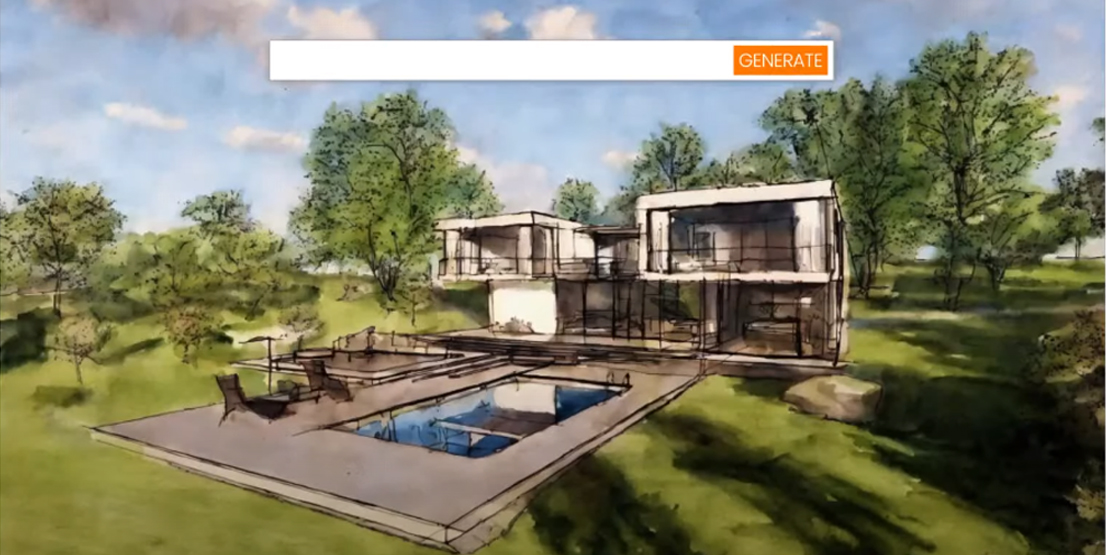
02. How are the Text to PBR Materials AI trained?
KS: Our Text to PBR Materials AI models are trained on large datasets of high-quality, appropriately licensed materials and photographs. This ensures that the AI learns from the best examples and can generate realistic, diverse, and physically accurate materials based on textual descriptions.
The training process involves developing multimodal data (images/textures and associated text descriptions) machine learning models, including diffusion models and generative networks as well as rule-based systems. These models learn to generate realistic PBR material textures and maps based on the input textual prompts, while attempting to match the quality and characteristics of the manually created ground-truth examples.
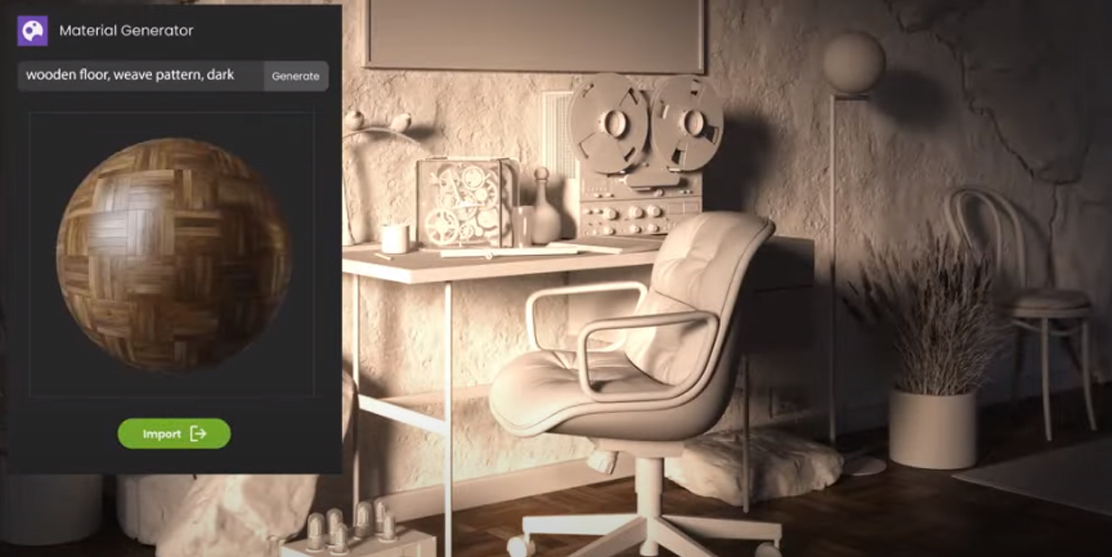
03. Who do you see using your AI tools?
KS: We envision our AI tools being used by a wide range of creators, from 3D artists at VFX studios rapidly generating photorealistic material variations for assets, to architects using voice commands to quickly populate building interiors with AI-placed furniture during conceptual design.
Our focus is on empowering users to tackle mundane, laborious, or repetitive tasks more efficiently, while also inspiring creative exploration and expression. By integrating AI seamlessly into their workflows, we aim to help creators achieve more in less time, without sacrificing fine-grained control over the outcomes.
04. Will Text to PBR Materials be integrated in V-Ray or optimised for V-Ray?
KS: The PBR Material Generator is being integrated via Chaos Cosmos, our powerful asset management system. Cosmos is already integrated with V-Ray, Vantage, and Corona, and will be integrated into Enscape later this year. This ensures that the AI-generated materials will be optimised and easily accessible across our entire product ecosystem.
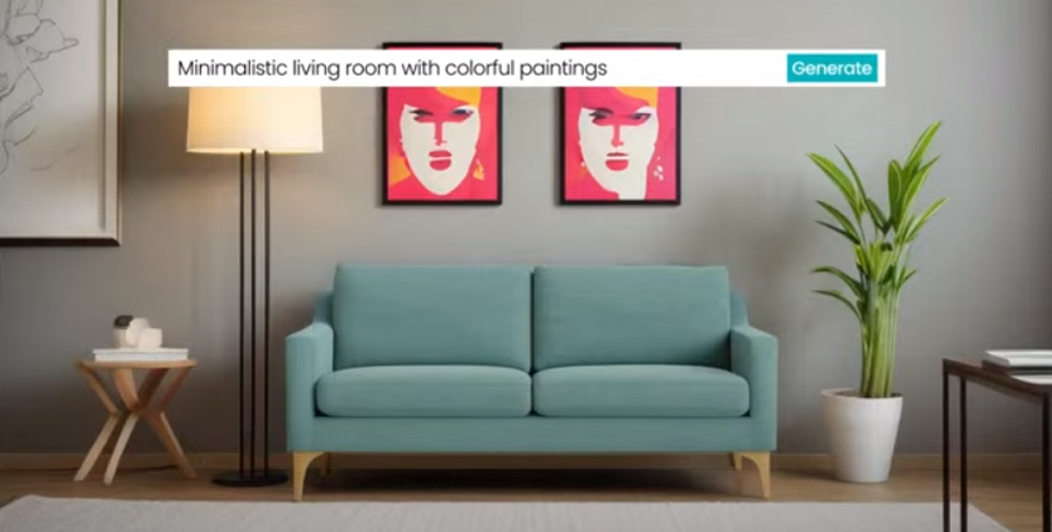
05. AI tools to date are interesting but tend to lack predictable and iterative results. Will Chaos' AI tools address this?
KS: Absolutely. We have deliberately prioritised developing AI tools that produce content in parametric formats, such as 3D models and material definitions, which can be further edited and refined by artists. This approach ensures that our AI tools are more controllable, iterative, and adaptable to professional workflows, as opposed to tools that only output static, final pixel renders.
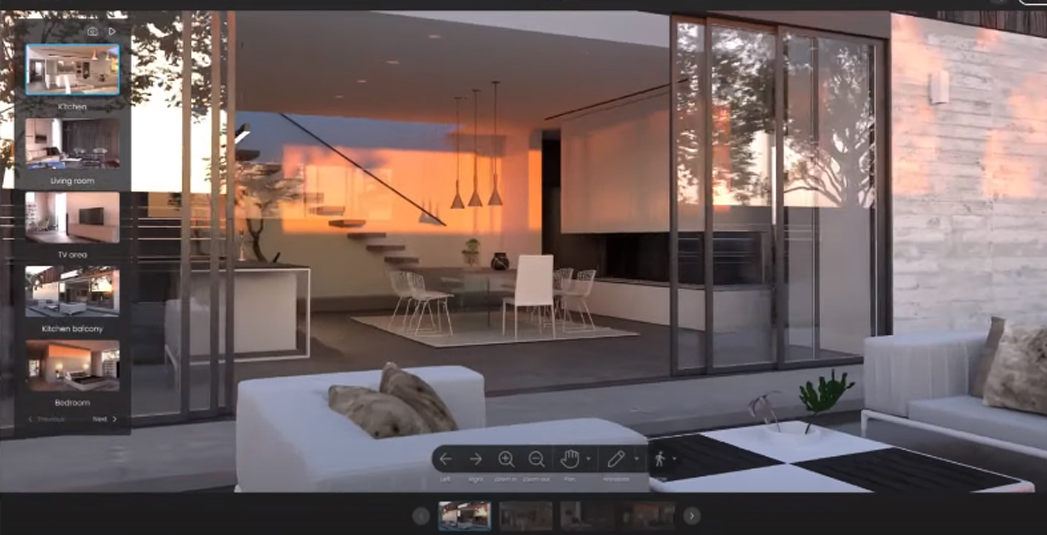
06. How do you see AI affecting digital art, VFX and CG industries?
KS: AI is likely to significantly expand the hobbyist and consumer market by making 3D creation more accessible to untrained users. In the professional market, AI will be adopted more gradually to augment designer and artist workflows.
For example, a VFX studio may use AI to handle mundane tasks like material creation or crowd simulation, freeing artists to focus on hero assets and creative direction, rather than replacing artists entirely. The openness to AI adoption may vary across sectors, depending on the specific needs and challenges faced by each industry.
07. Where do you see AI being particularly useful, for example, in a VFX pipeline?
KS: AI has the potential to revolutionise various stages of the VFX pipeline. It could automate laborious tasks like secondary asset creation, where AI generates varied background props from concept art, allowing artists to focus on primary hero models and storytelling.
AI-driven character animation tools could provide high-quality first-pass results, comparable to motion capture. Lighting artists could leverage AI to suggest moods or automatically analyse footage and propose lighting setups for seamlessly matching CG elements into live-action plates.
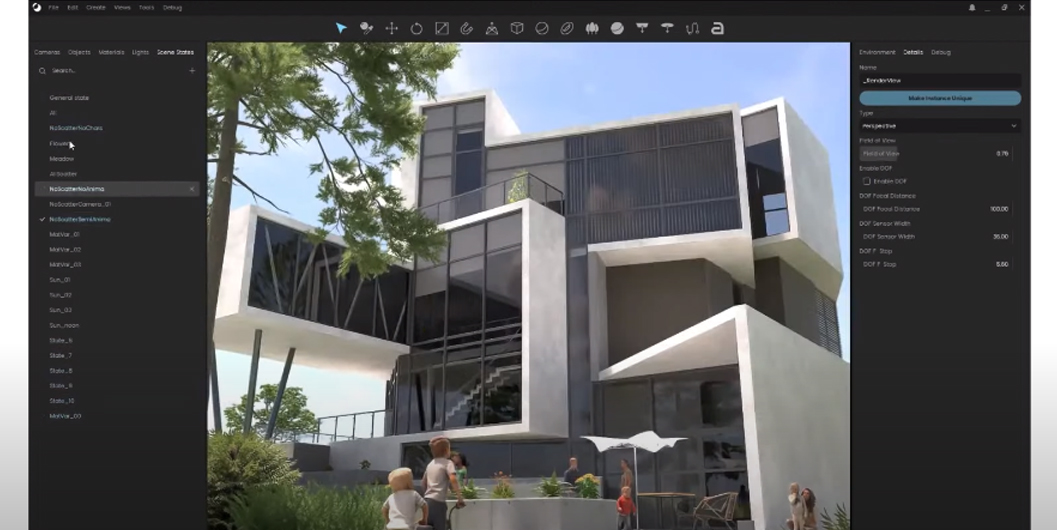
08. We're seeing practical tools like AI denoising being adopted eagerly. Is this side of AI not being talked about enough compared to the hype around tools like Midjourney?
KS: Indeed, AI denoising and upscaling solutions have been transforming the usability of path-traced rendering for over seven years now. These practical applications of AI are well-established across renderers and industries, and are not just accepted but expected.
While they may receive less media attention compared to flashy generative image tools, they represent a significant way in which AI is already enhancing production workflows. It's important to recognise and celebrate these "under the hood" AI innovations that are making a real impact on artists' day-to-day work.
09. With new AI tools being released every day, is it hard to keep up, or is Chaos focused on solving particular problems?
KS: At Chaos, our AI strategy is aligned with our core products and user needs, rather than chasing every new AI tool or research breakthrough. We prioritise AI features that output editable, reusable assets or massively simplify workflows, as these align with the needs of our professional user base and encourage deeper integration of AI into our existing ecosystem.
By focusing on solving specific challenges faced by our users, we can deliver targeted, impactful AI solutions that enhance their creative workflows.

10. With that in mind, what problems can AI solve, particularly in filmmaking and VFX?
KS: In the realm of filmmaking and VFX, AI should be aimed at addressing challenges related to asset creation, scene setup, lighting optimisation, and automating time-consuming tasks. The goal is to deliver faster iterations, more efficient pipelines, and greater creative flexibility.
For instance, AI-powered set extension and background generation can save time and resources during pre-production and shooting, allowing filmmakers to focus on the core narrative and visual elements that drive the story forward.
11. Will Chaos' AI be integrated across all platforms and software, and is consistency of use for AI important?
KS: Yes! We are committed to seamlessly integrating AI capabilities across our entire product ecosystem, ensuring a consistent and unified user experience that enhances creative workflows. Our AI tools are designed to work harmoniously with our asset system, Cosmos, and our scattering tool, Scatter, allowing users to access and manipulate AI-generated content with ease and consistency across all of our products.
Consistency in access and user experience is crucial for the successful adoption of AI in creative workflows. Therefore prioritizing interconnectivity, editability, and ease of use, is how we see us empowering our users with AI tools that enhance their creativity and productivity, ultimately revolutionizing the way they bring their ideas to life.
12. Finally, will AI replace or enhance, particularly in filmmaking and VFX?
KS: In the short term, AI is more likely to enhance artist workflows and automate repetitive tasks in filmmaking and VFX, rather than replace artists entirely. AI could take over laborious tasks like rotoscoping and compositing, but key creative decisions such as story development, character/creature design, and art direction are likely to remain in the hands of human experts.
AI will be a powerful tool to augment and accelerate artist workflows, but it won't completely replace the artistry, imagination, and director's vision that define great filmmaking and VFX. However, in the longer term, the possibilities are endless. We may eventually see streaming, real-time storytelling AI that generates personalised, Hollywood-quality movie experiences without the need for artists at all. But for now, AI and human creativity will work hand in hand to push the boundaries of what's possible in the world of digital storytelling.
Read more about Chaos' AI plans on its blog. If you've been inspired by this interview, why not take a look at the best laptops for 3D modelling and start experimenting - there's likely an AI to help.
Get the Creative Bloq Newsletter
Daily design news, reviews, how-tos and more, as picked by the editors.

Thank you for reading 5 articles this month* Join now for unlimited access
Enjoy your first month for just £1 / $1 / €1
*Read 5 free articles per month without a subscription

Join now for unlimited access
Try first month for just £1 / $1 / €1

Ian Dean is Editor, Digital Arts & 3D at Creative Bloq, and the former editor of many leading magazines. These titles included ImagineFX, 3D World and video game titles Play and Official PlayStation Magazine. Ian launched Xbox magazine X360 and edited PlayStation World. For Creative Bloq, Ian combines his experiences to bring the latest news on digital art, VFX and video games and tech, and in his spare time he doodles in Procreate, ArtRage, and Rebelle while finding time to play Xbox and PS5.
